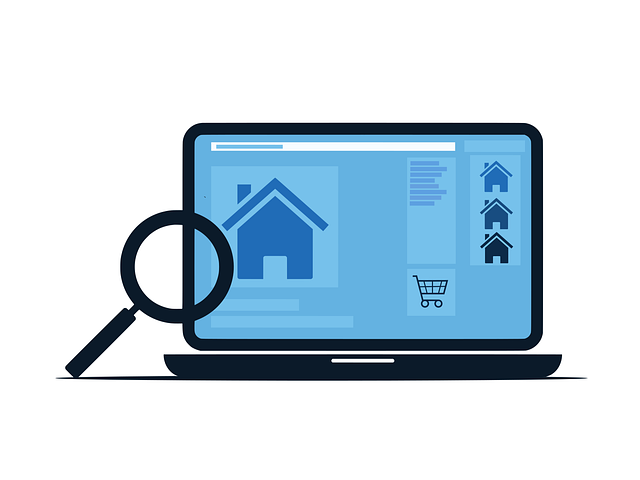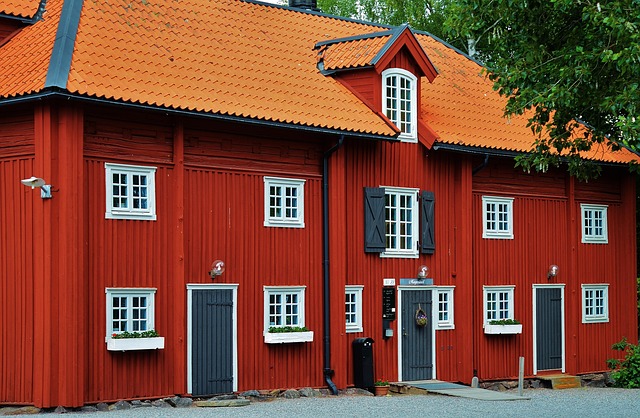Real estate offers a spectrum of options, from flexible lease terms and subletting to traditional homeownership. Flexibility caters to changing needs with lower costs and adaptability but lacks equity buildup. Homeownership provides stability, control, and long-term financial gains through property appreciation and mortgage paydown, yet requires commitment. The choice between flexibility and ownership balances short-term convenience against long-term goals, each with unique benefits and drawbacks in the real estate market.
In today’s diverse real estate landscape, understanding the balance between flexibility and ownership is crucial for buyers and renters alike. This article delves into these contrasting benefits, exploring how lease terms, subletting options, and adaptable spaces enhance lifestyle choices, while traditional property ownership offers equity building, modification freedom, and long-term financial stability. Weighing these pros and cons helps individuals make informed decisions based on initial costs, resale value, lifestyle, and investment goals in the ever-evolving world of real estate.
Understanding Flexibility in Real Estate: This section will define what flexibility means in the context of real estate and how it benefits buyers and renters alike. Discuss various forms of flexibility such as lease terms, subletting options, and adaptable spaces.

Flexibility in real estate refers to the range of choices and options available to buyers and renters, allowing them to tailor their living or working spaces according to their needs and preferences. In today’s dynamic market, flexibility is a significant benefit that can make a property more appealing. One of the most straightforward forms is through lease terms; landlords may offer short-term leases, providing tenants with the freedom to move out without long-term commitment.
Additionally, flexibility in real estate extends to subletting options, where tenants can rent out their properties for shorter periods when they’re away or need extra income. Adaptable spaces are another key aspect; some landlords design buildings or units with modular layouts, enabling occupants to reconfigure the space to suit different purposes or preferences. This adaptability is especially valuable for businesses and individuals whose needs change over time, ensuring a perfect fit at every stage.
Exploring Traditional Ownership Advantages: Here, you can outline the advantages of owning property over renting or leveraging flexible leasing options. Include aspects like building equity, freedom to modify the space, and long-term financial stability.

Owning a property comes with a host of advantages that extend beyond mere shelter. One of the most significant benefits is the opportunity to build equity. Over time, homeowners can accumulate wealth by paying off their mortgages, which increases their stake in the real estate market. This financial security provides a solid foundation for long-term financial stability and can even serve as collateral for future investments.
Additionally, property ownership offers unparalleled freedom to modify and personalise one’s living space. Renters are often restricted from making substantial changes or improvements, whereas homeowners can renovate, expand, or redesign their homes to suit their evolving needs and preferences. This flexibility allows individuals to create a truly bespoke environment, enhancing both comfort and the overall value of their real estate investment.
Weighing the Pros and Cons: A balanced analysis comparing the benefits of flexibility versus traditional ownership. Consider factors such as initial costs, future resale value, lifestyle preferences, and the potential trade-offs between short-term convenience and long-term investment goals.

When comparing flexibility versus traditional ownership in real estate, it’s crucial to consider a balanced analysis that weighs both pros and cons. Flexibility often comes with advantages like lower initial costs and the ability to adapt to changing lifestyle preferences. For instance, renting or co-living spaces offer freedom from long-term commitments and large down payments, allowing individuals to invest in other aspects of their lives or travel. However, this convenience might come at the cost of limited control over property improvements and lack of equity accumulation.
On the other hand, traditional homeownership provides a sense of permanence and allows for significant long-term investment growth through property appreciation and mortgage paydown. Owning a home can also offer stability and control over living environments. Yet, it typically requires substantial upfront expenses and ties individuals to a specific location, potentially hindering mobility or lifestyle shifts. The trade-off lies in balancing short-term convenience against long-term investment goals, with each option presenting unique advantages and disadvantages in the real estate landscape.






